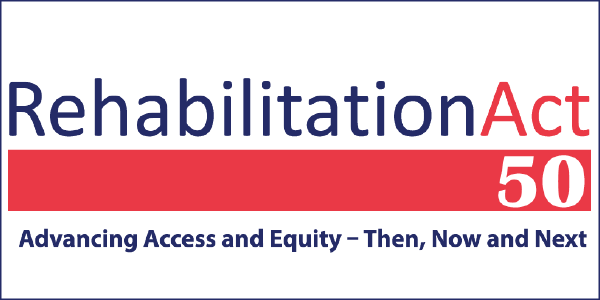Examining 50 Years of the Rehabilitation Act of 1973- Advancing Access and Equity for Individuals with Disabilities
CDE Blog
Thanks for visiting the Campaign for Disability Employment’s (CDE) blog, which features insightful posts from a wide range of guest contributors. If you have an idea for a blog post about disability employment, we’d love to hear about it. Contact us at info@whatcanyoudocampaign.org.
At work, it’s what people CAN do that matters
Subscribe to our updates, follow us on social media and learn how to spread the word.
 Examining 50 Years of the Rehabilitation Act of 1973- Advancing Access and Equity for Individuals with Disabilities
Examining 50 Years of the Rehabilitation Act of 1973- Advancing Access and Equity for Individuals with Disabilities